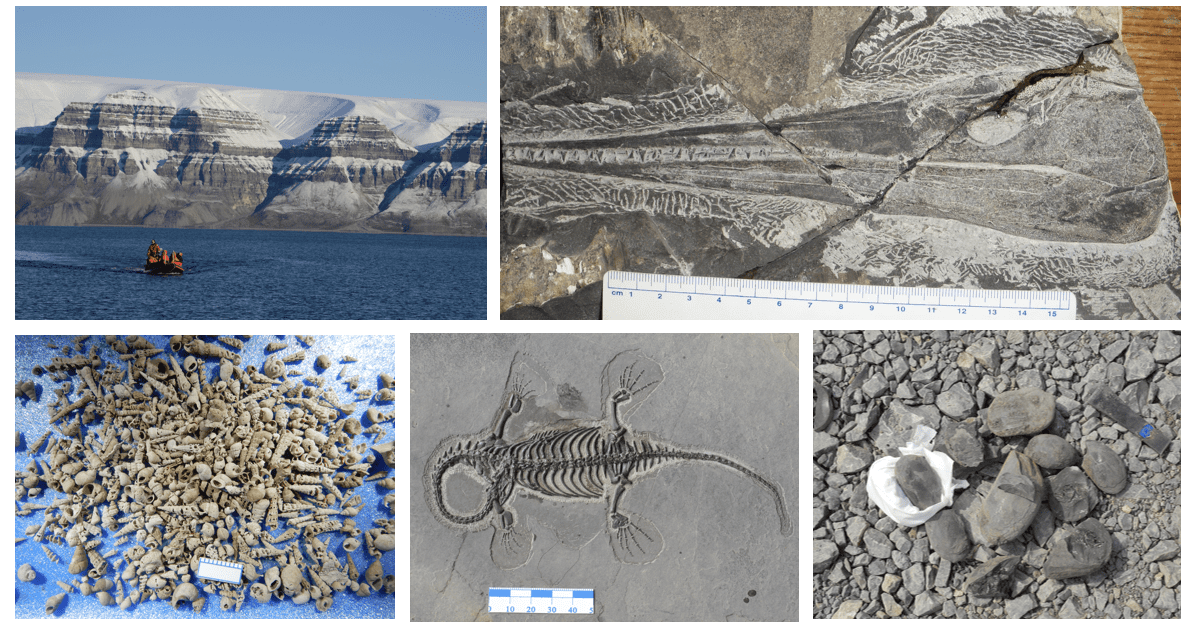Marine Biodiversity from the Triassic
A special issue of Diversity (ISSN 1424-2818). This special issue belongs to the section "Marine Diversity".
Deadline for manuscript submissions: closed (31 March 2025) | Viewed by 4444

Special Issue Editor
Interests: vertebrate paleontology; stratigraphy; evolution; biodiversity; paleoecology; marine paleoenvironment; evolutionary biology; functional morphology; systematics; taxonomy
Special Issue Information
Dear Colleagues,
Triassic appears as one of the most interesting times for life evolution owing to the recovery after the P/Tr biological crisis. In the marine environment, the appearance of totally new groups aligns with important changes in the surving ones, setting the base for modern fauna. We can follow this recovery through a rich series of closely spaced Fossil Lagerstätten that are now known to mainly be from the Early and Middle Triassic. Anoxic bottom conditions were often recorded during this period of time, allowing for the preservation of pelagic, mostly nectonic, organisms such as fishes, marine reptiles, crustaceans and cephalopods, while rich assemblages of benthonic ones are known from shallow water carbonatic platforms. Thus, the recovery can be recorded step by step through the increase in the biodiversity from similar paleoenvironment assemblages.
Prof. Dr. Andrea Tintori
Guest Editor
Manuscript Submission Information
Manuscripts should be submitted online at www.mdpi.com by registering and logging in to this website. Once you are registered, click here to go to the submission form. Manuscripts can be submitted until the deadline. All submissions that pass pre-check are peer-reviewed. Accepted papers will be published continuously in the journal (as soon as accepted) and will be listed together on the special issue website. Research articles, review articles as well as short communications are invited. For planned papers, a title and short abstract (about 250 words) can be sent to the Editorial Office for assessment.
Submitted manuscripts should not have been published previously, nor be under consideration for publication elsewhere (except conference proceedings papers). All manuscripts are thoroughly refereed through a single-blind peer-review process. A guide for authors and other relevant information for submission of manuscripts is available on the Instructions for Authors page. Diversity is an international peer-reviewed open access monthly journal published by MDPI.
Please visit the Instructions for Authors page before submitting a manuscript. The Article Processing Charge (APC) for publication in this open access journal is 2100 CHF (Swiss Francs). Submitted papers should be well formatted and use good English. Authors may use MDPI's English editing service prior to publication or during author revisions.
Keywords
- Triassic
- Fossil Lagerstätten
- biodiversity
- faunal recovery
- food chain
- functional morphology
Benefits of Publishing in a Special Issue
- Ease of navigation: Grouping papers by topic helps scholars navigate broad scope journals more efficiently.
- Greater discoverability: Special Issues support the reach and impact of scientific research. Articles in Special Issues are more discoverable and cited more frequently.
- Expansion of research network: Special Issues facilitate connections among authors, fostering scientific collaborations.
- External promotion: Articles in Special Issues are often promoted through the journal's social media, increasing their visibility.
- Reprint: MDPI Books provides the opportunity to republish successful Special Issues in book format, both online and in print.
Further information on MDPI's Special Issue policies can be found here.





